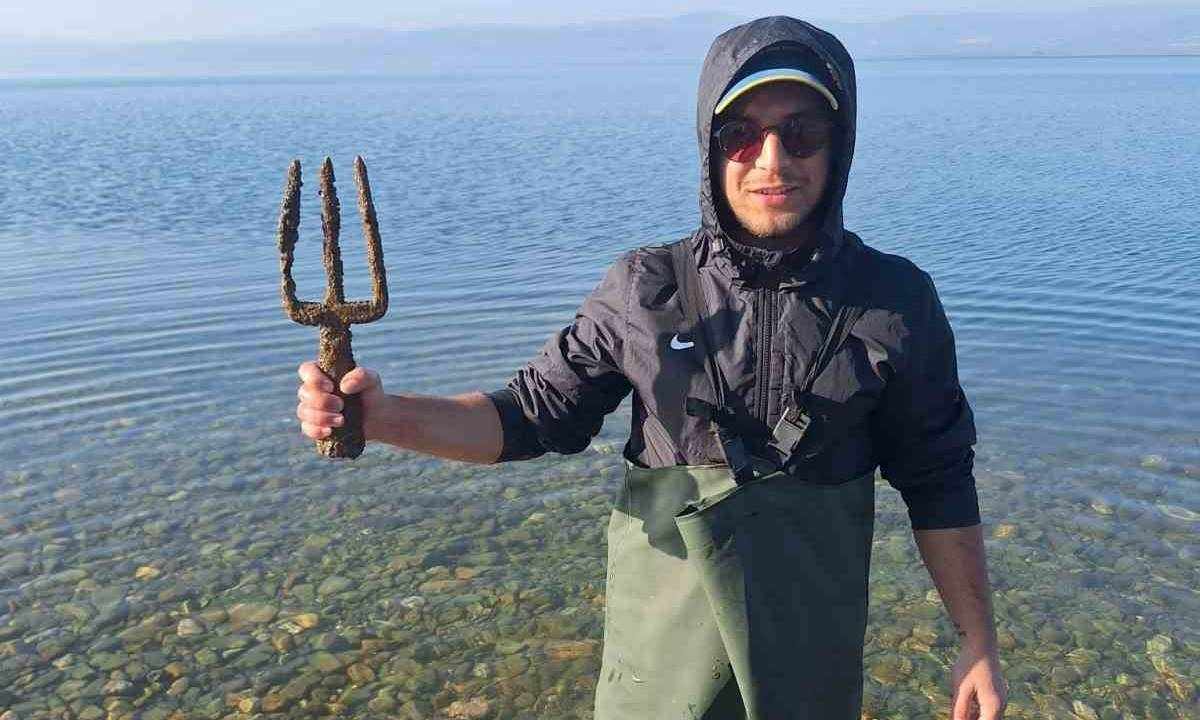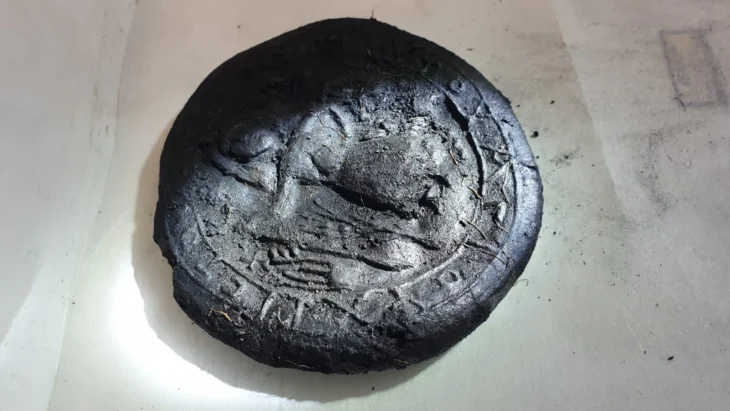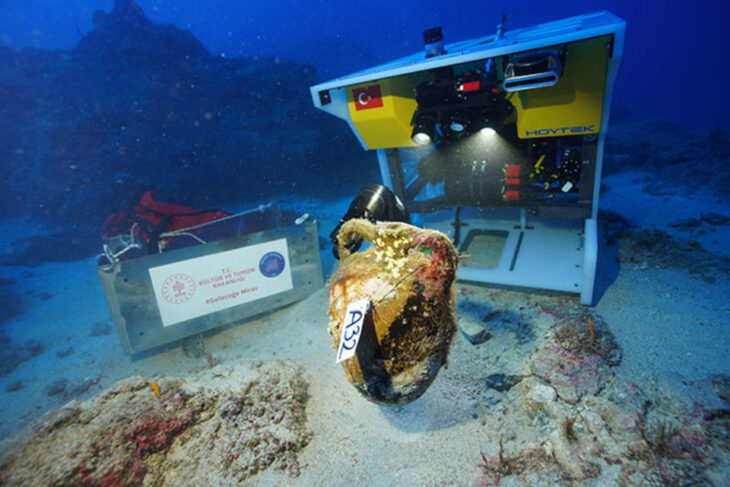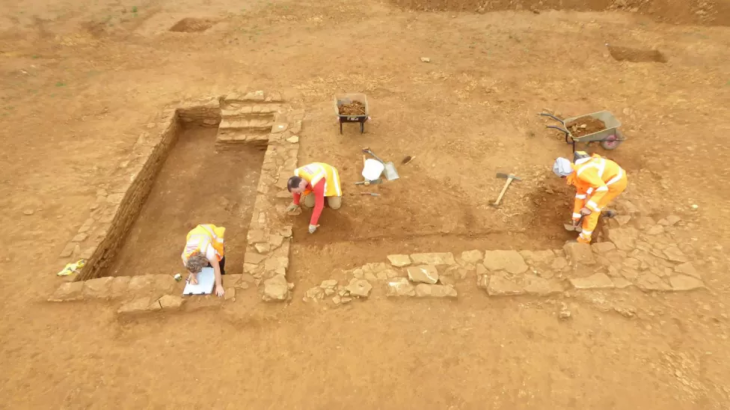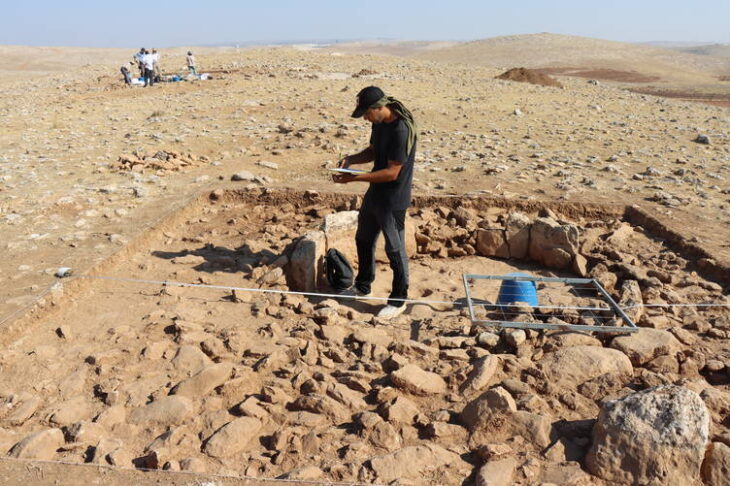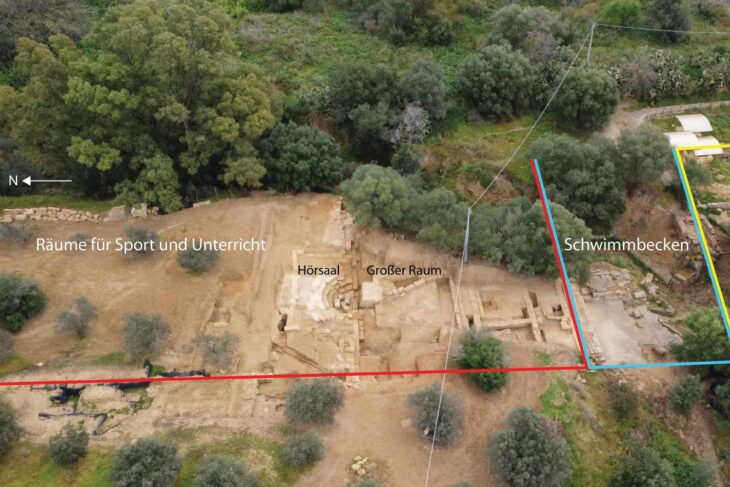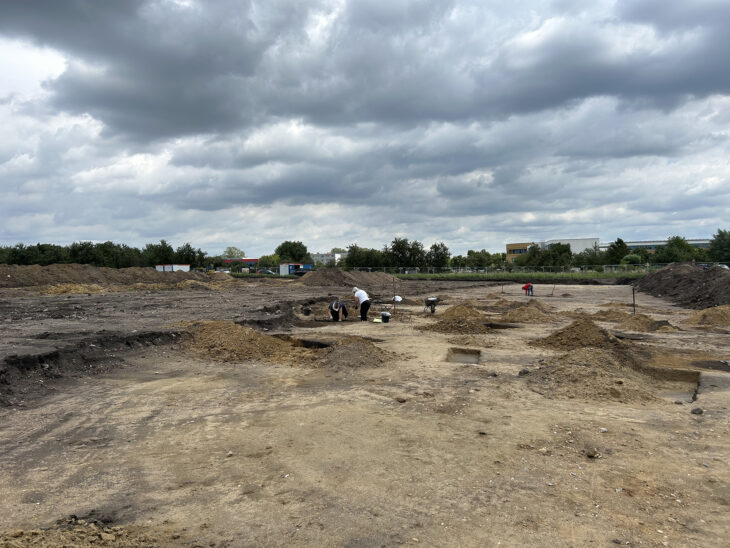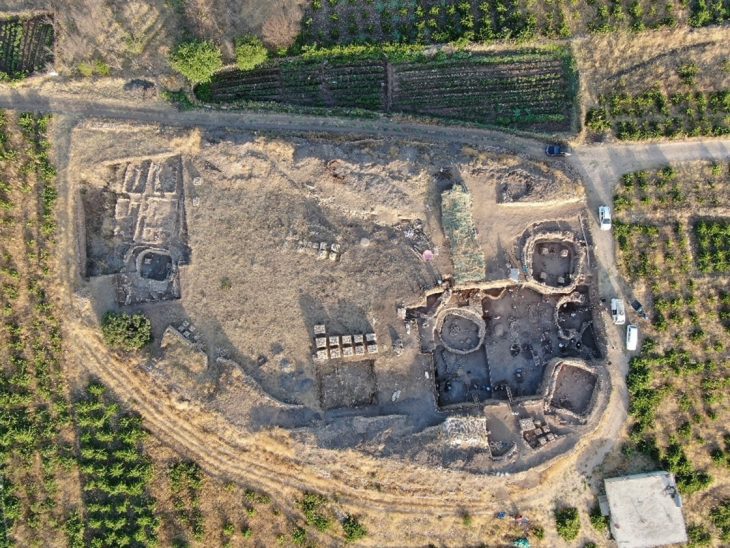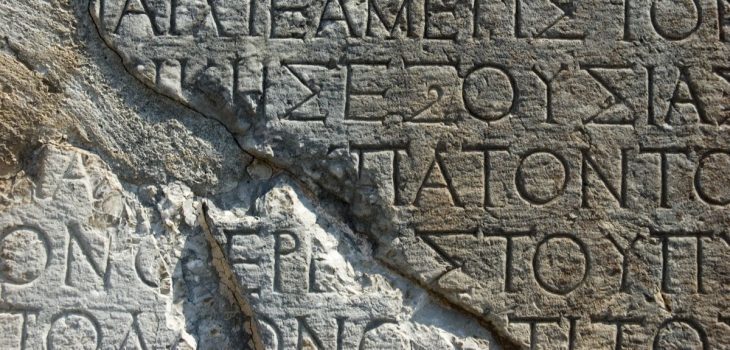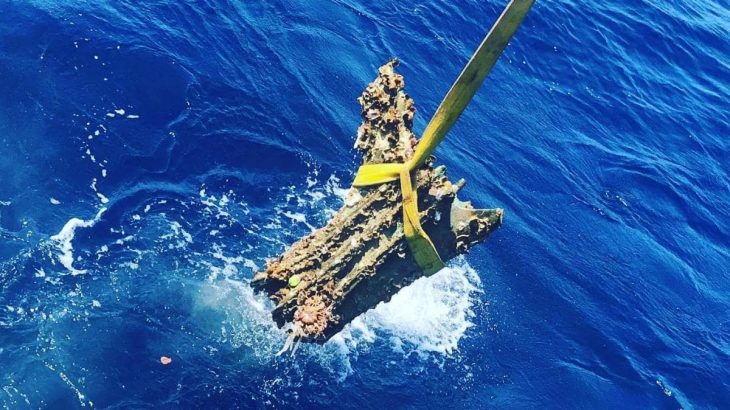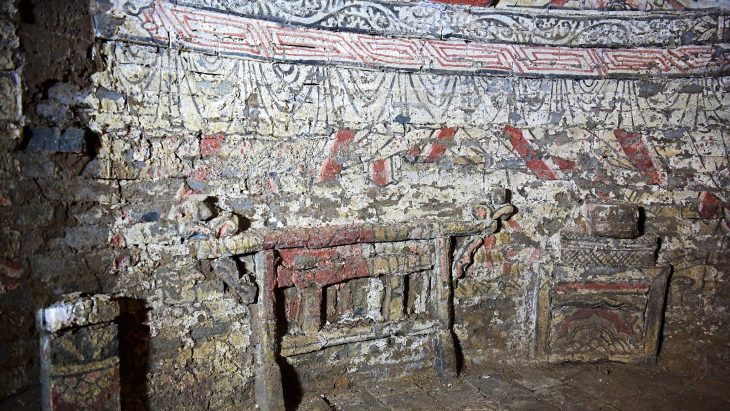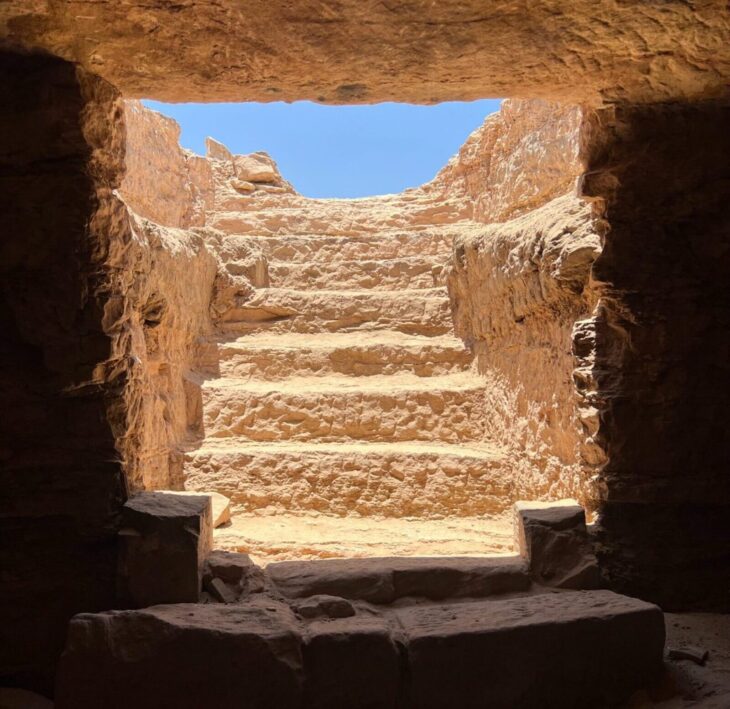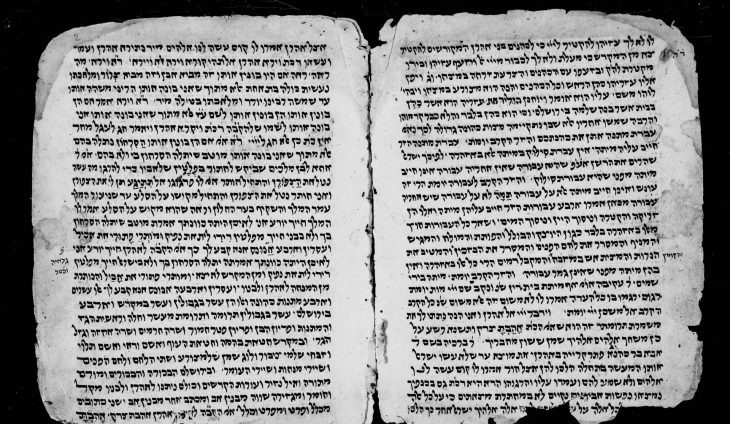The depths of Lake İznik have yielded a discovery of profound significance, instantly captivating historians and archaeologists. The recent recovery of a spearhead from the lakebed by a local fisherman is not merely a find; it’s a tantalizing glimpse into the past, believed to date back to the Roman period.
This enigmatic artifact has ignited serious scholarly consideration and fueled passionate debate, notably about its potential connection to the legendary Poseidon, the Greek god of the seas.
A rusty yet majestic spearhead, snagged in a fisherman’s hopeful net, seems to whisper secrets from millennia past. Experts believe this enigmatic artifact may date back to the Roman period, and some are even daring to suggest that this three-pronged piece of metal could be linked to the legendary trident of Poseidon, the mighty god of the seas!
In the tranquil waters of Lake İznik, near the Göllüce neighborhood, Osman Erim and his companions were going about their usual routine, fishing for silver fish in the early hours of the morning. But as they hauled in their nets, they encountered something quite unexpected amidst the shimmering catch. It wasn’t just another fish; it was a mysterious object that exuded an aura of antiquity. Back on shore, they realized this was no ordinary piece of metal. It was a time-worn spearhead, a silent witness to history. Displaying remarkable civic duty, Osman Erim promptly contacted the İznik Museum Directorate, ensuring the artifact’s preservation for generations to come.
But why is this discovery so significant? İznik, known in ancient times as Nicaea, held immense strategic importance for the Roman Empire. Its fertile lands, location on crucial trade routes, and proximity to the lake made it a vital settlement during Roman rule.
📣 Our WhatsApp channel is now LIVE! Stay up-to-date with the latest news and updates, just click here to follow us on WhatsApp and never miss a thing!!
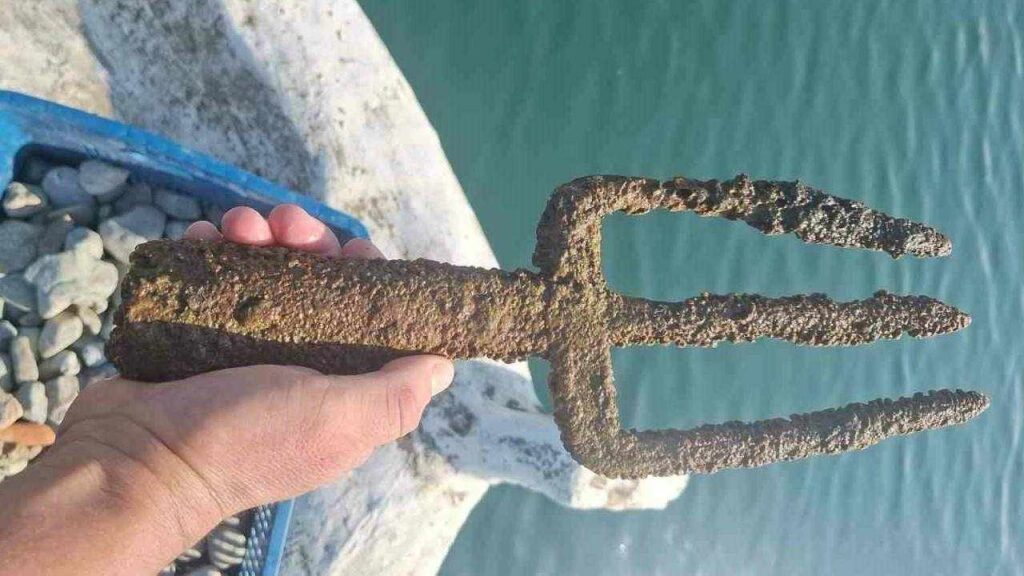
Nicaea was more than just a city to the Empire; it was a place where history was made. It famously hosted the Council of Nicaea, a pivotal moment in Christian history. This council played a crucial role in shaping Christian doctrine and solidified the city’s religious significance. And now, this spearhead, emerging from the lake’s depths, offers a tangible connection to this rich past – perhaps a relic left behind by a Roman soldier, or an offering cast into the waters in ancient rituals.
The suggestion that the spearhead might be “Poseidon’s Trident” is particularly intriguing. In Greek mythology, Poseidon reigned supreme as the god of the seas, earthquakes, and horses. He was known for wielding a three-pronged trident, a symbol of his power.
Legend has it that this trident, crafted by the Cyclopes, granted him the ability to command the oceans, shake the earth, and control the flow of water. More than just a marine deity, Poseidon was also revered as “Earth-Shaker,” and was widely worshipped, especially in regions near water sources. Ancient rituals often incorporated three-pronged imagery, perhaps as homage to the god’s power. While the discovered artifact is unlikely to be the actual trident of Poseidon, its form evokes the god’s powerful symbol and raises fascinating questions about the object’s possible use and symbolism in the area’s past. Could it have been used in ceremonies invoking the god’s protection, or perhaps even offered as a votive?
This incredible find in Lake İznik isn’t the first to remind us of the area’s rich history. The underwater discovery in 2014 of the Basilica of Saint Neophytos revealed more of the historical treasures hidden beneath the lake’s surface. Each new discovery, whether a grand basilica or a humble spearhead, adds another layer to the captivating story of İznik and its people. They allow us to weave together a more complete understanding of the city’s past and the civilizations that called this area home.
Cover Image Credit: Ethem Yekta Ulaş – Kayıp Rıhtım

